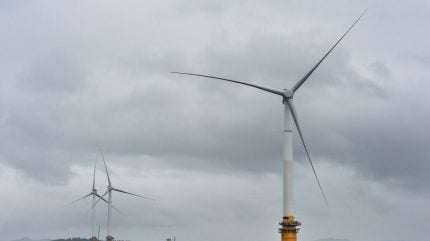
On Monday (7 October), the Norwegian Government proposed to provide up to Nkr35bn ($3.29bn) in subsidies in its planned floating wind tender.
The government said the funding amount was based on a reference project of approximately 500MW.
The commercial floating wind power tendering round, the first of its kind in the country, is scheduled for 2025.
Terje Aasland, Norway’s Energy Minister, said: “Norway has enormous potential for floating offshore wind on its continental shelf, but because the technology is still immature and expensive, government support is needed to speed up development.”
Floating wind offers advantages over fixed offshore wind farms, such as windier conditions and vast space. However, the sector, still in its infancy, has yet to overcome engineering and cost challenges.
Building floating wind farms has become even more expensive in recent years due to inflation affecting turbine makers and other suppliers.
Nevertheless, Norway has pushed to expand its floating wind ventures, with its state-owned energy company Equinor having inaugurated the world’s largest floating wind farm, Hywind Tampen, last year.
The government also announced the country’s 2025 budget on Monday, in which it kept the subsidy offer unchanged from a mid-term agreement reached in June.
According to the budget document, various factors such as further cost developments, project maturity and the bidding companies’ return requirement will determine how much offshore wind capacity will be developed within the planned financial framework. Norway aims to allocate 30GW of offshore wind capacity by 2040. According to Power Technology’s parent company, GlobalData, offshore wind capacity in Norway registered 152.3MW in 2023 and is expected to increase to 162.3MW by the end of 2024.
In April, the government signed a contract for difference with Ventyr Energi to support the development of the country’s first commercial offshore wind farm in the Sørlige Nordsjø II zone.



